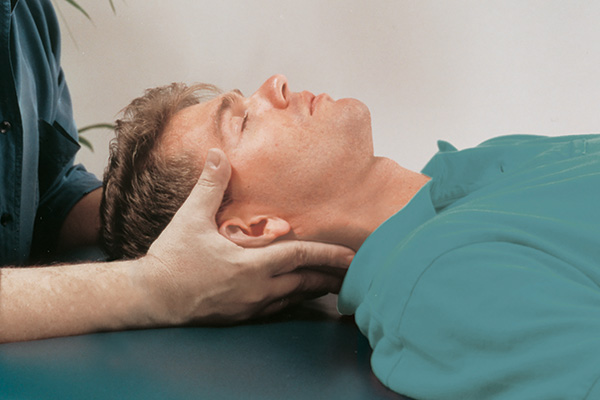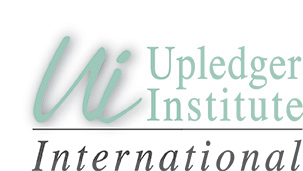
The following blog post is sponsored by Upledger Institute International.
What is CranioSacral Therapy (CST) and how is it related to concussions?
CranioSacral Therapy is a gentle and precise hands-on treatment method that focuses on the functioning of the body’s craniosacral system. A concussion is a whole-body event, and since Upledger CST is a whole-body therapy, it can be particularly effective for those who have experienced concussions. CST helps release restrictions in the cranial bones—attaching intracranial membrane, and the brain itself—as well as associated injuries throughout the body.
How does CST help in concussion recovery?
CST can help relieve symptoms of a concussion by improving the flow of cerebrospinal fluid, reducing inflammation, and aiding the body’s natural healing processes. It can also help alleviate common post-concussion symptoms such as headaches, dizziness, anxiety, cognitive difficulties, and sleep problems.
How soon after a concussion should someone seek out CranioSacral Therapy?
It is recommended that those who have experienced a concussion seek out CranioSacral Therapy as soon as possible to ensure the most effective treatment. By addressing symptoms early with CST, people can reduce inflammation and improve their rate of recovery faster than they would with traditional treatments alone.
What are the key differences between CranioSacral Therapy and other concussion treatments?
CranioSacral Therapy is a gentle, holistic approach to treating concussions and focusing on restoring balance within the body’s craniosacral system. Unlike traditional treatments, such as medications or surgery, CST works to rebalance the body without using harsh chemicals or invasive techniques. Additionally, CST looks beyond just relieving symptoms, targeting underlying issues that can cause chronic conditions.
How can therapists integrate CST into their practice for concussion relief?
Begin by studying the fundamentals of Upledger CranioSacral Therapy when you enroll in CranioSacral Therapy 1 (CS1), Assessment of Central Nervous System and Fascia for Full Body Treatment Protocol. As you progress through the curriculum and hone your techniques with CS2, Moving Beyond the Dura for Assessing Acute and Chronic Conditions, and SomatoEmotional Release 1 (SER1), which focus on the full range of CST tools for supporting gentle trauma resolution, you will have met the necessary prerequisites to enroll in CST Applications for Concussion (CSTAC). This specialized seminar covers the anatomy and physiology of a concussion, explores the latest research, and provides hands-on training. This seminar is ideal for health professionals like massage therapists, physical therapists, osteopaths, and athletic trainers who want to broaden their skill set and deepen their understanding of how CranioSacral Therapy can be applied to concussion management.
Read about more benefits of CranioSacral Therapy here.
To learn more about Upledger Institute International and craniosacral therapy classes, visit Upledger.com.
